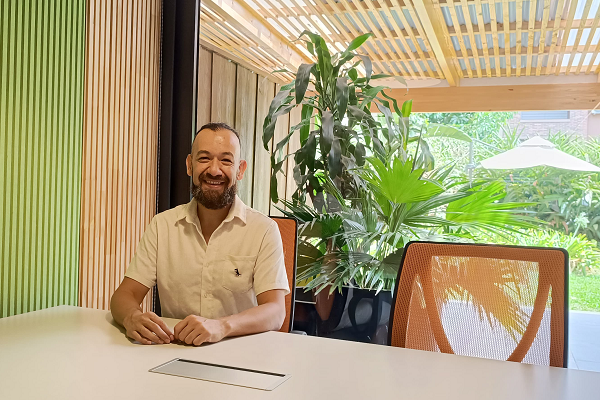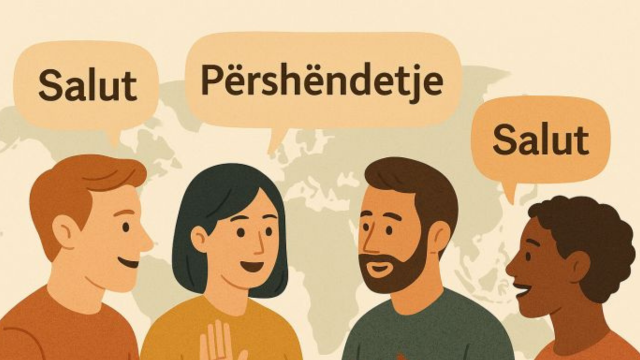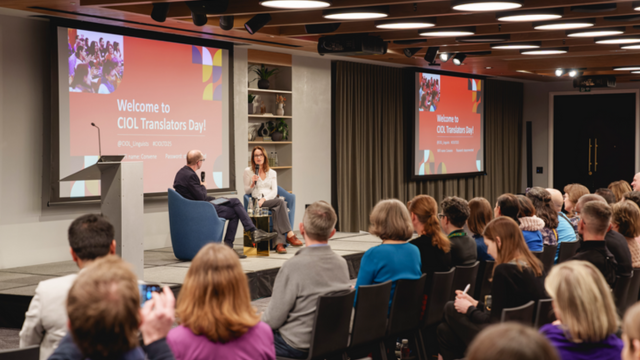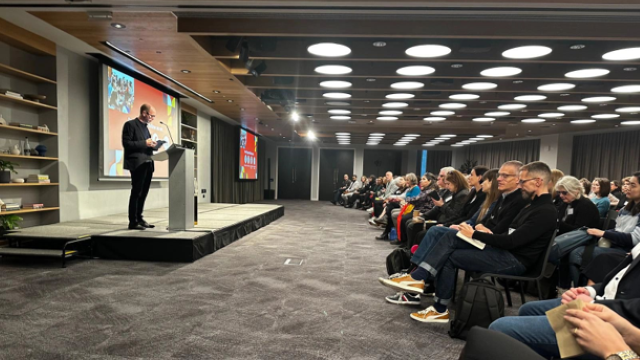-
QUALIFICATIONS
- For Linguists Worldwide
- For UK Public Services
- Preparation
- Policies & Regulation
-
MEMBERSHIP
- Join CIOL
- Membership grades
- NEW for Language Lovers
- Chartered Linguist
- Already a member?
- Professional conduct
- Business & Corporate Partners
-
ASSESSMENTS
- For Second Language Speakers
- English as a Second Language
-
EVENTS & TRAINING
- CPD, Webinars & Training
- CIOL Conference Season 2025
- Events & Networks
- CIOL Mentoring
-
NEWS & VOICES
- News & Voices
- CIOL eNews
- CIOL Awards
- The Linguist
- Jobs & Ads
-
RESOURCES
- For Translators & Interpreters
- For Universities & Students
- Standards & Norms
- CIOL & AI
- All Party Parliamentary Group
- In the UK
- UK Public Services
- Find-a-Linguist
AI and Translation: Embracing change and redefining strategies

Perspectives from an end-user, researcher and trainer
By Martín Chamorro
Scope and some context
It may prove useful to note that my area of practice is technical translation of informative texts with the English-Spanish language combination, which can be considered a language pair with plenty of resource availability when it comes to large language model (LLM) training. I will not cover, for example, topics such as authorial, literary or any other type of creative productions, nor direct my insights to low-resource languages (strictly in terms of AI training). Also, please note that I work mainly in the context of computer-assisted translation (CAT) environments and, roughly speaking, some 70% of my recent work has consisted in post-editing NMT-processed materials. Last but not least, I have spent a good portion of this year and a half experimenting with different AI-enhanced developments.
2025: the year of generative AI
Let us start with a simple yet insightful recap. As noted by several colleagues, such as Jie Zhang and Mark Robinson, AI has been a part of translation advancements for years, notably though not exclusively with the introduction of neural machine translation (NMT) systems, which had also been evolving throughout decades. As we step into 2025, with the ChatGPT and friends’ dust starting to settle, generative AI (GenAI, or simply AI for this article) has notably become a (re)defining force in industries worldwide. Notably, it is also influencing translation and linguistics, offering everyone a chance to embrace opportunities and craft new approaches in this transformative era. The vertiginous pace of AI developments is undeniable, with tools once considered futuristic now seamlessly integrated into daily workflows and our most accessible portable devices. Yet, with this progress comes a pressing need to balance technological advancements with the human factor.
Attitudes towards AI: from distrust to a redefined strategy
From August-November 2023 up until December 2024, I conducted a quick survey on the attitude towards AI and the likelihood of using it for work, with the participation of different audiences – including academics, companies, organisations, students and colleagues – and the overall results have been impressively similar in many respects, while also showing notable changes over the past 18 months. The timeline of our collective response to AI can be summarised as an interesting progression. Initially, AI’s emergence was met with apprehension, fuelled by fears of job displacement and ethical dilemmas, an ongoing debate that permeates most industries and fields to a larger or smaller extent. Over time, curiosity gave way to a keen interest as more and more linguists began to explore AI’s potential. Today, we need to face the challenge of moving beyond the hype towards a strategic integration of AI into our professional lives.
Amid this fast-paced transformation, more than ever, as translators we must cultivate meta skills: critical thinking, adaptability, and digital literacy. With these resources, we can harness AI as a resource rather than perceive it as a threat, and maintain our relevance and value in an AI-enhanced world.
Developments in translation technology
AI has revolutionised many fields, and translation technology is not an exception. Software and platform developers are actively seeking effective ways to integrate AI across the entire supply chain and into translation management systems (TMS). While the rise of AI-powered translation in combination with NMT has brought significant advancements, it also raises concerns about data security and the potential for bias, the infamous hallucinations, not to mention AI-trained AI. Beyond enforcing privacy and security measures, maintaining humans in the loop – whether through post-editing machine translations or reviewing outputs and supervising overall processes – is essential.
Education and support
A key challenge resides in equipping translators with the skills to use these tools effectively. The need for continuous education and professional development cannot be overstated. Organisations, developers, educators, and professional bodies alike should provide actionable and accessible resources and foster a supportive environment to help practitioners navigate this new terrain.
Further ideas to bear in mind
Uncertainty and opportunity
The future of AI in translation remains uncertain (just as the concept of “future” itself…), but not without promise. However, apprehension persists, especially regarding the long-term implications of AI-driven workflows.
Education and curriculum
For early-career linguists, AI presents unique opportunities to build hybrid skill sets. Probably many of them are currently being “born” into the profession in automated, semi-automated or AI-driven environments. As educators, the goal should not be to ban AI but to create spaces for students to develop strategies for using it effectively. Curricula should evolve to prepare linguists, among other scenarios, for an AI-integrated future, focusing on collaboration between humans and machines rather than competition.
Redefining strategies
I would like to share a weird analogy from a recent experience. Let us picture moving from manual to automatic driving: the vehicle moves forward, but the technique to make it work is, in some aspects, familiar and, in some others, all new. Moving to our practice and the new challenges posed originally by NMT and then by generative AI, LLMs, and so on, it should become quite clear that we cannot expect to obtain results by using the same methods that we have been using all along. One disadvantage would be that we lack a manual or an instructor who tells us that lever to pull to make stuff work, but the advantage is definitely our ability to adapt and evolve. Like my dear colleague Nicolás Delucchi says, “the method that works is the one that works for you”.
Final thoughts
As we navigate the age of AI, the focus must shift from fear and resistance to education, strategy and collaboration. Ideally, the future should neither be entirely AI-driven nor human-led; it should be a dynamic interplay between the two. By embracing change and reimagining our roles, we can ensure that ours remains a vibrant and essential profession in the years to come.
Martín Chamorro MCIL, self-confessed 'AI nerd', is a facilitator, translator and reviewer based in Buenos Aires. He describes himself as largely self-taught, curious, practical and communicative, and with languages, AI and numbers at the top of his intellectual interests. Swimming, gardening and dancing are among his favourite leisure activities.
You can find him on LinkedIn here.
Views expressed on CIOL Voices are those of the writer and may not represent those of the wider membership or CIOL.
Filter by category
More
The Chartered Institute of Linguists (CIOL), Incorporated by Royal Charter, Registered in England and Wales Number RC 000808 and the IoL Educational Trust (IoLET), trading as CIOL Qualifications, Company limited by Guarantee, Registered in England and Wales Number 04297497 and Registered Charity Number 1090263. CIOL is a not-for-profit organisation.








